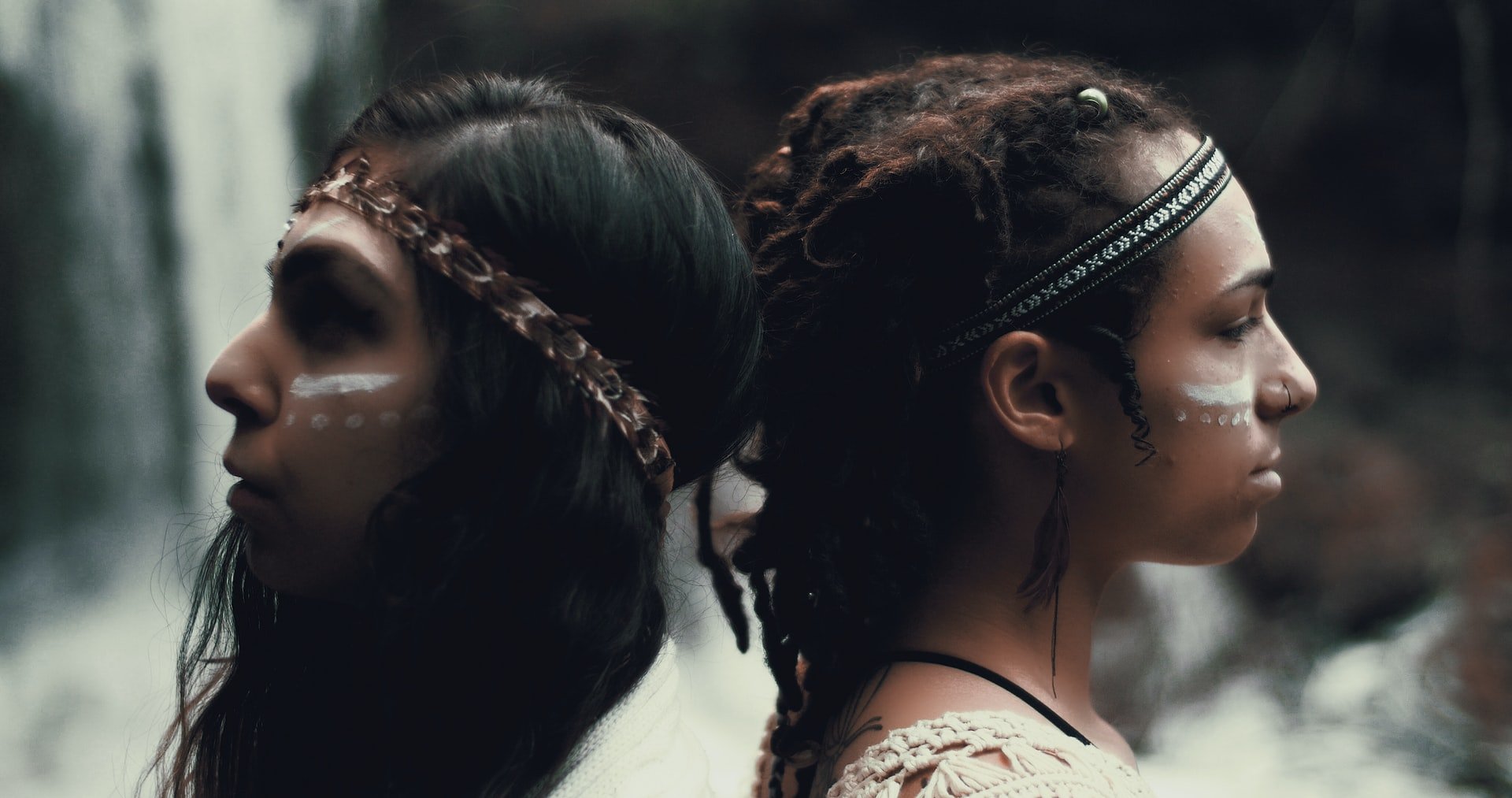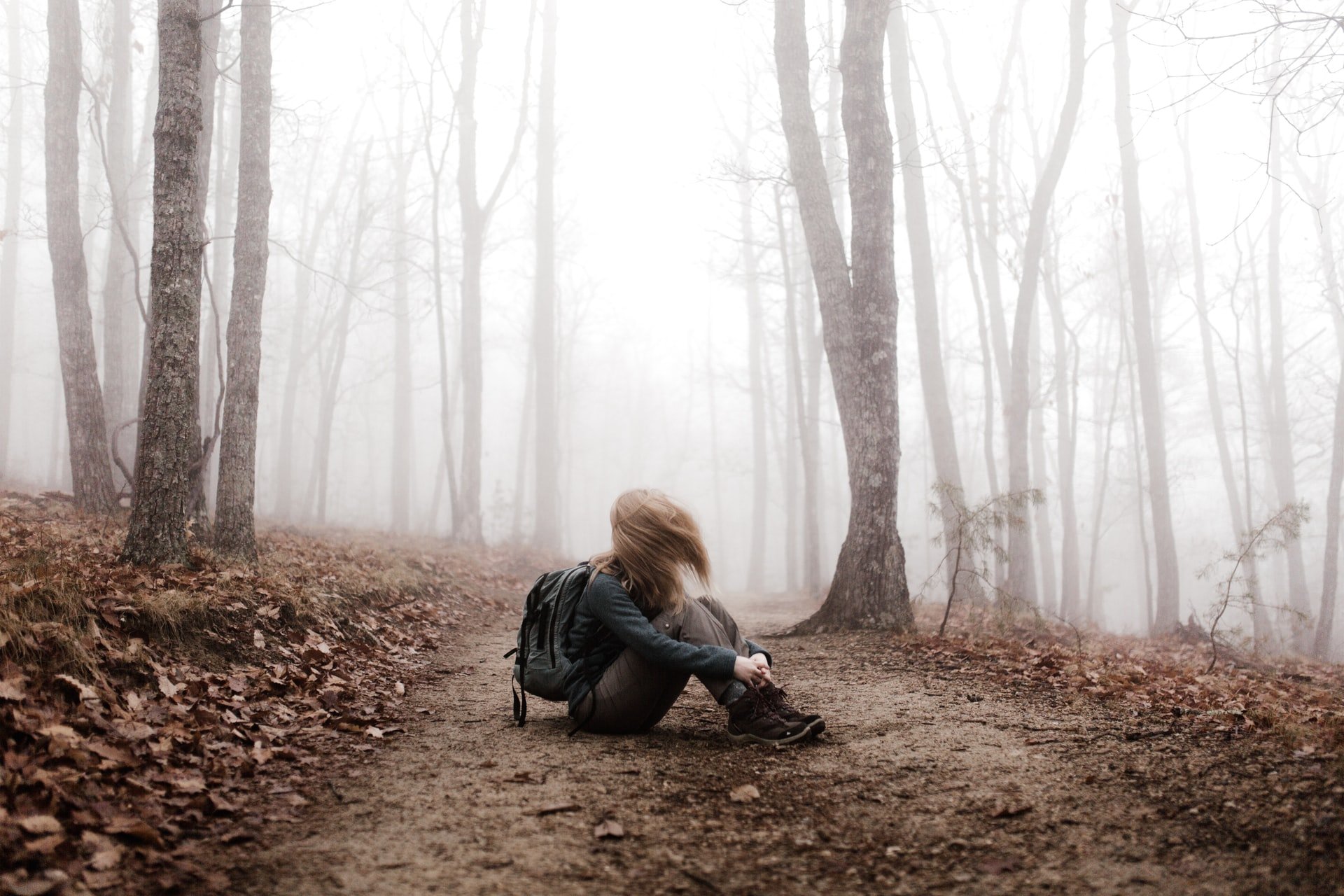This entry was posted on July 2, 2021.

Across all photography specialist areas, the secret to taking compelling shots lies in one thing: how your photos tell a story.
Storytelling through photography means finding effective ways to convey narratives and emotions with a single thought-provoking shot. Or, in some instances, a series of shots that combine to tell an even more detailed story.
When you crack storytelling photography, a single frame is often enough to send the viewer’s imagination on an inspiring journey. It’s something newcomers to visual storytelling in photography often overlook, focusing too much on the micro than the macro or vice versa.
Yes, it’s not all about the more technical aspects of the shot. The bigger picture, what’s actually taking place within the frame, is equally essential. And, of course, a high-spec camera can’t hurt matters, either!
Mastering the art of telling a story through the photographs you capture takes time. As with anything worthwhile. But it is guaranteed to radically evolve your photos like never before.
Of course, becoming a gifted photographic storyteller is not something that happens overnight. Instead, it is a gradual transition that takes patience and commitment. Before we get into a few guidelines on how to bring storytelling into your photography more effectively, let’s explore this fascinating topic in more depth.
How Can Photos Tell a Story?
The best photos tell stories by prompting viewers to question what happens next. These photos capture a moment of change in flux and preserve it forever. Whether it’s a landscape setting a story’s scene or a photo that tells of a person’s life and struggles, or victories.
Photographs tell a story when they incite an emotional response. They tell the stories of the people, the objects and the landscapes they portray. And they do it in a way that goes miles beyond taking accomplished pictures in the traditional sense.
Understanding what storytelling photography means is as simple as drawing a distinction between beautiful photographs and meaningful photographs.
A beautifully taken shot of a sunrise or sunset can be both inspiring and enjoyable to look at. But does an exquisitely captured shot of the sun setting really mean anything, without any additional context?
The short answer is no. It could have been taken any time by any person for any reason in any part of the world. It’s an inspiring and captivating image, but it doesn’t tell a story.
Technically speaking, anyone can learn how to use a camera and take great shots. By contrast, you need to be able to spot and tell a story if you want to master the art of storytelling photography.
So how do you do it? How do you tell a story with your photos? Well, we hope this helps…

What is Storytelling Through Photography?
Simply put, photographic storytelling is the art of a photographer telling a story through a photo or series of photos. But as any visual storyteller can attest to, it’s not easy as 1,2,3.
When you think about it, telling a story with a single thought-provoking shot is a remarkable feat. A typical movie is shot at a speed of 24 frames per second. Over the course of around 90 minutes, that’s just short of 130,000 frames!
Even then, it takes something special for a movie to make a lasting impact on the viewer.
Scale this down to just a single shot and you understand the challenge of storytelling photography. You have one frame to incite an emotional response, make an impression and present viewers with something they won’t soon forget.
Whereas a movie tells stories through a series of moving images, a photograph is a single moment frozen in time. There’s no room for explaining your inspiration to the viewer, or even giving them a hint as to what they should take away from the shot.
When a photograph tells a story successfully, the viewer makes up their own mind; they read far more into the image than its basic visual content alone.
What Can a Photo Tell You?
Photographs can tell you a lot about the subject and photographer. The moments in time they capture can speak of mood, atmosphere, desire and more. Storytelling photos project a narrative collected from in front of and behind the lens and can tell you a story that goes beyond “here’s a photo, isn’t it pretty”.
This is where much of the allure and appeal of storytelling photography lies. Show the same inspiring image to 100 different people and you are likely to elicit 100 different reactions.
A photograph can technically tell you anything, depending on the narrative behind the image. But the way we interpret the images we view varies significantly, in accordance with our personalities, our memories and experiences.
Not to mention, what we want to see - something that again differs from one person to the next.
This is why it is often said that photographs tell you more about the photographer than the subjects. Either way, the fact that inspiring images are interpreted in different ways makes the field of storytelling photography all the more captivating.

How Do You Do Storytelling with Pictures?
1. Focus on the smaller details
It is almost always the smaller details of a picture that tells the story. This is where the importance of context must be considered, juxtaposed with the main subject.
A simple portrait shot of a person standing in their garden doesn’t tell much of the story. Now imagine that same person had:
- Dirty hands
- Damaged clothes
- A slight smile of reluctant resignation
- A nearby pet with a forlorn “love me!” look in his big doleful eyes
Are you feeling a story forming in your mind yet?
Consider the attributes away from the main features of the subject, which almost always go overlooked by newcomers to photography.
2. Don’t limit yourself to taking a single shot
There is no reason to limit yourself to a single shot when looking to tell photographic stories. Shooting, printing and framing a series of images together can be even more impactful (and less stressful!).
When adopting this approach, always take a wide variety of different shots of the same situation. Aim for:
- Wide-angle shots of the surrounding landscape
- Close-ups of important features
- Action shots
- Photos from below and above
Present scenes from a wide variety of perspectives and you give viewers more of a feeling of being right there. And don’t overthink it. Shoot from the hip and capture as many shots as you like, before shortlisting them at a later date.
3. Plan ahead, make a list, and experiment
Yes, we just said shoot from the hip (if it helps). But forward planning can also hold the key to effective visual storytelling.
Wherever you go, keep your eye out for subjects and simple day-to-day happenings. Make a list of them if you don’t have your camera handy. You might be surprised how often you’ll spot a scene worthy of capturing on film.
You’ll find no shortage of examples all around you:
- Street performers
- Market stall traders
- Animals
- City skylines
- People simply going about their lives
Telling a story through your photos is not about finding the single most awe-inspiring subject and shooting it from an angle nobody before you thought of. It’s often about keeping things simple, experimenting with the everyday subjects around you and telling a story that means something.
4. Focus on your own interests and passions
It can be almost impossible to tell a powerful story through images of something you are not genuinely passionate about. Storytelling photography begins and ends with human interest, which starts with your own interests and obsessions.
Whatever it is that means the most to you and keeps your mind firing on all cylinders, focus on it. This could be anything from photographing food to sports to nature to film - anything that gets your creative juices flowing.
Of course, it’s not to say that you cannot also capture excellent shots on a broader basis, beyond your own comfort zone. But if you want viewers to feel something, it needs to be a subject you feel equally strongly about.

5. Capture emotions wherever possible
In most instances, the easiest and most obvious way to trigger an emotional response is simple: capture emotions in their raw form. This is where it pays to look beyond simple smiles and friends, in order to capture emotions that prompt the viewer to read between the lines.
Body language is a powerful communicator of emotion; the look in a person’s eyes or their posture when standing or seated. Even the emotionless expression on a person’s face in the right context conveys a world of powerful feelings and sentiments.
Storytelling photography is rarely based around heavily orchestrated shots where the subject is told exactly what to do. Candid shots always send a more powerful message than staged shots, which is where the essence of storytelling photography lies.
In Summary…
There are five things any photographer needs to do to improve their storytelling capabilities:
- Focus more on the smaller details in the shot and the surrounding context
- Take multiple photos and consider grouping images together
- Plan ahead
- Search for inspiration in a variety of diverse forms
- Focus primarily on subjects you are actually passionate about
- Capture emotions and inspire the viewer to read between the lines
Other than the above, be mindful of the basics of good photography while working on your visual storytelling skills. Don’t let the quality of your shots take a backseat to context - aim for the ideal balance of both.





